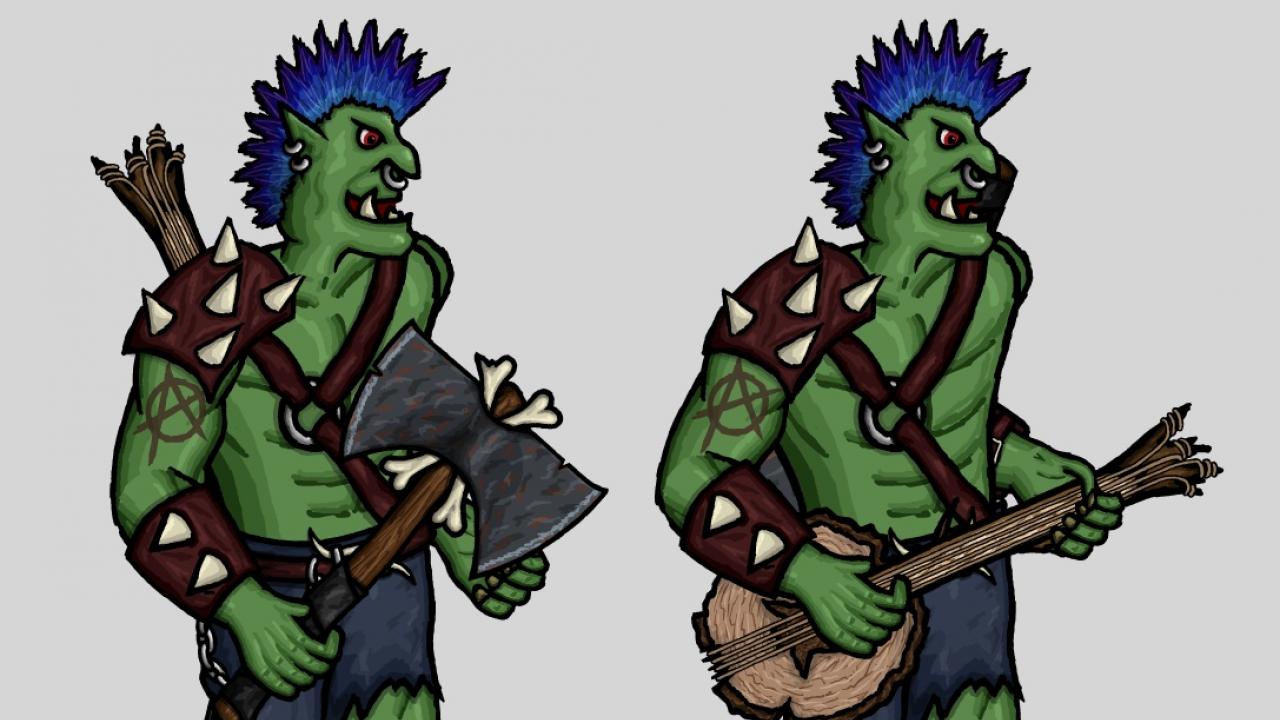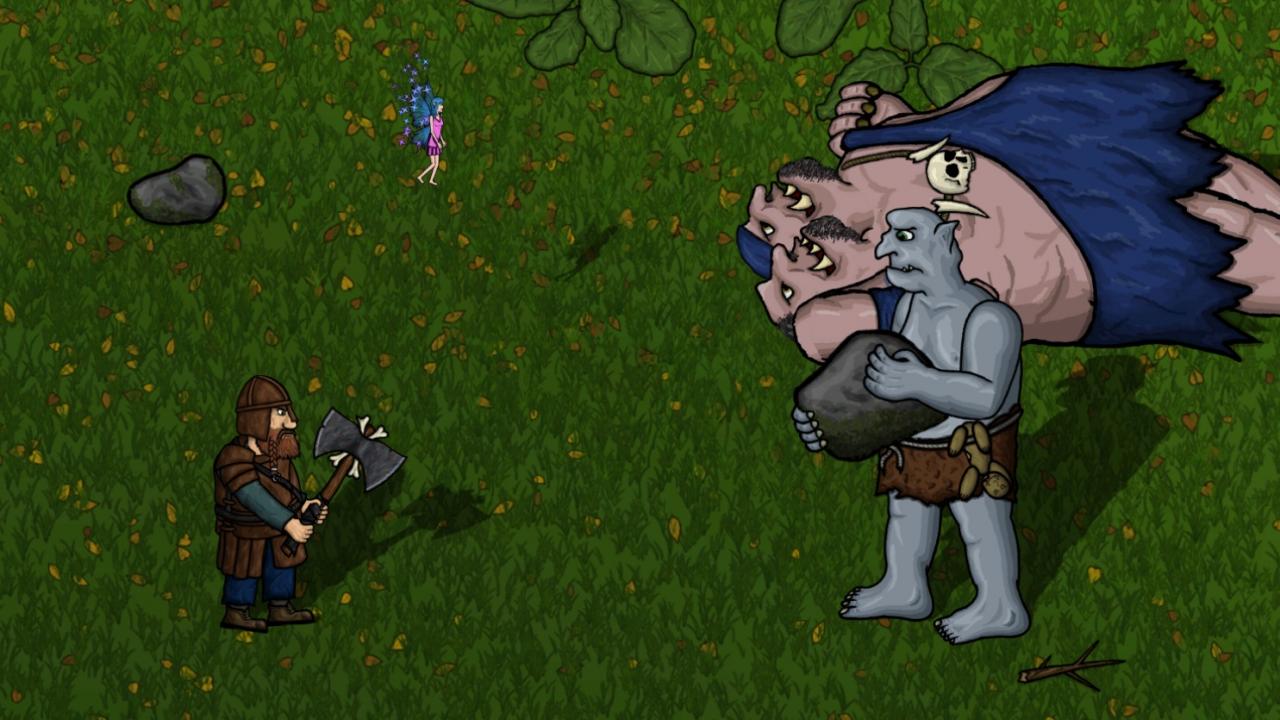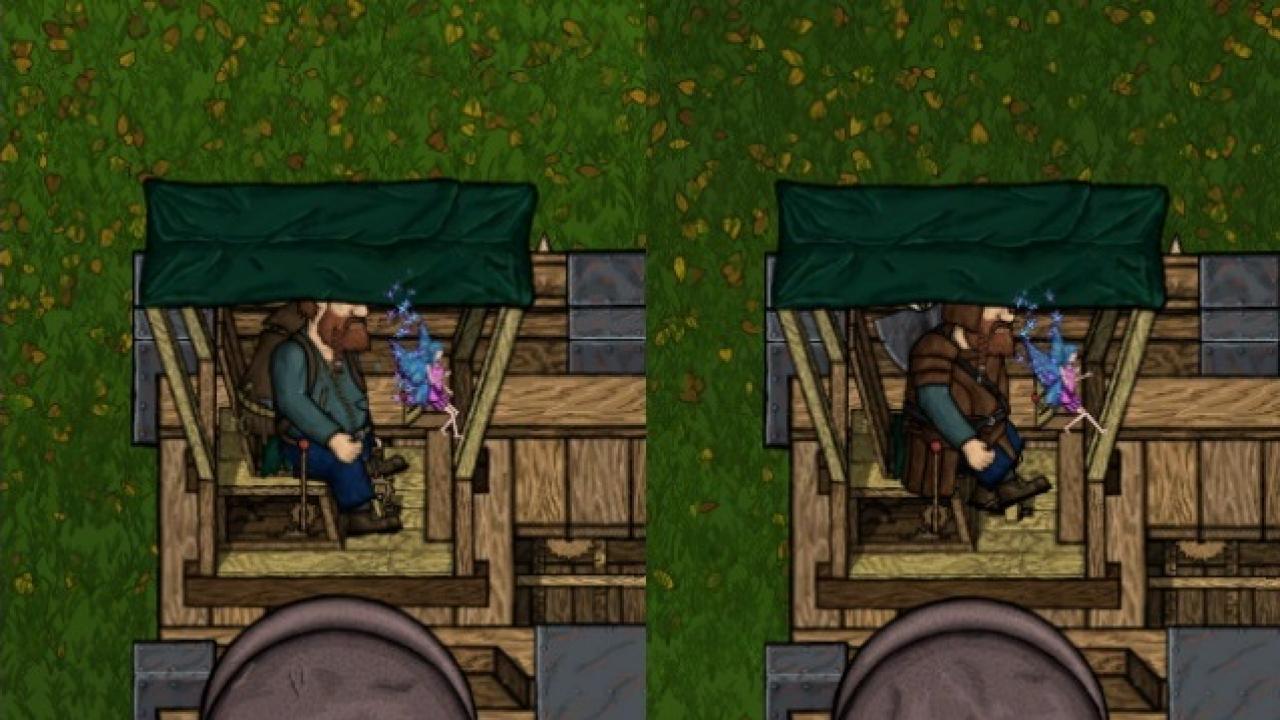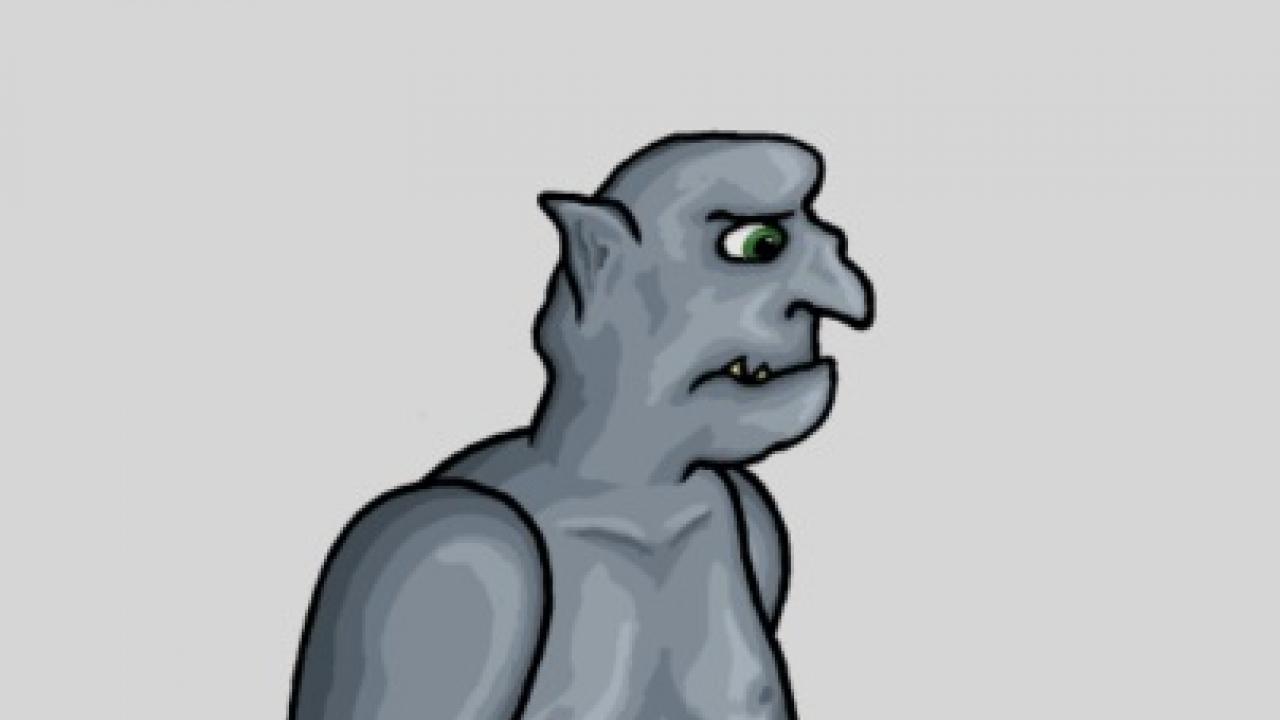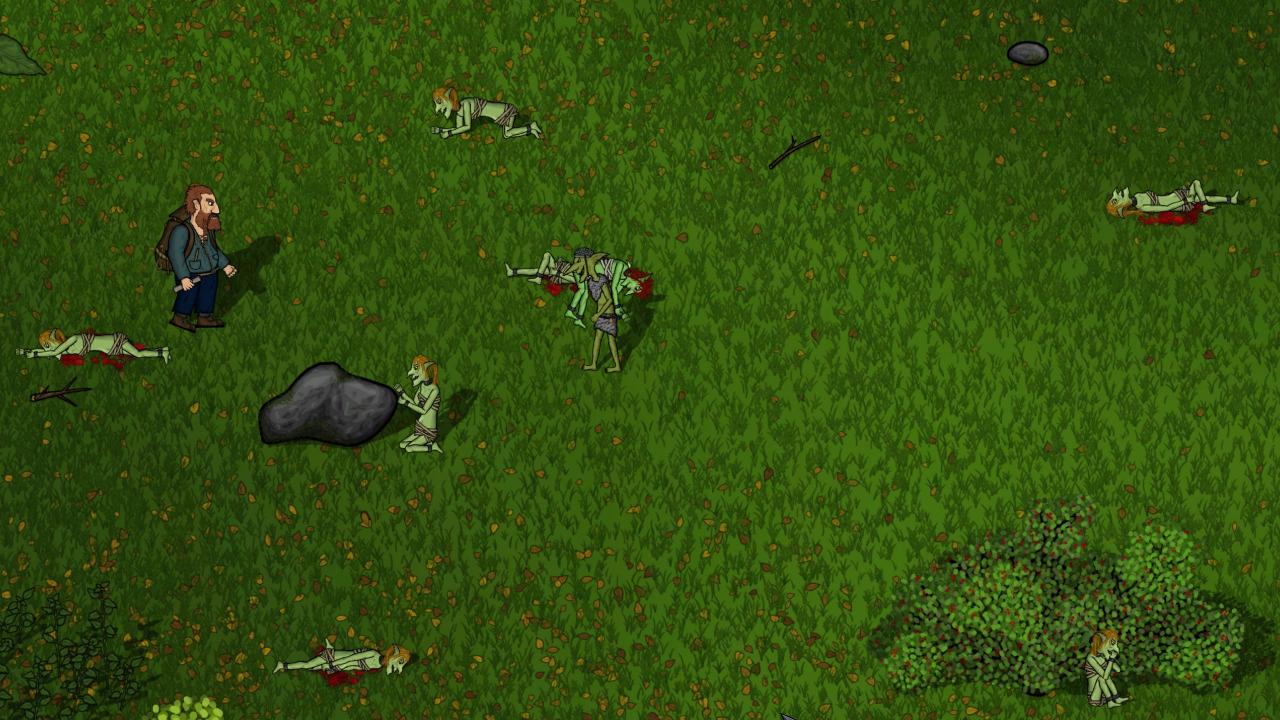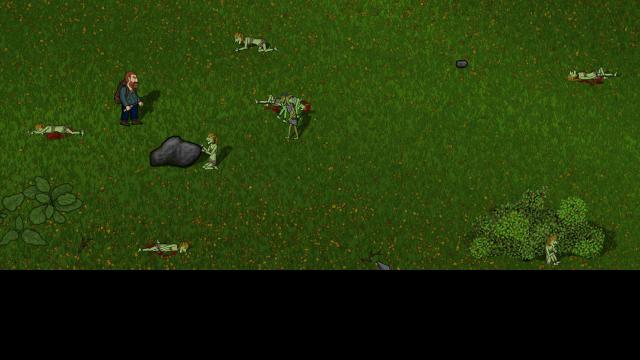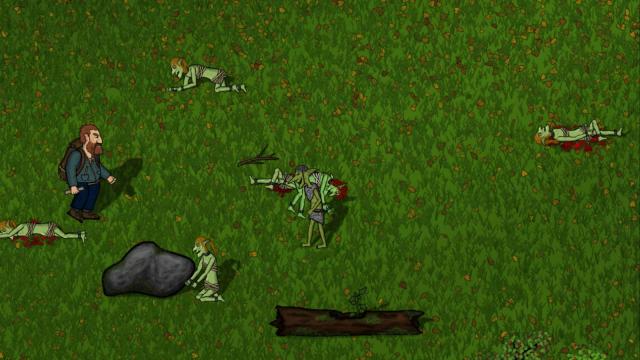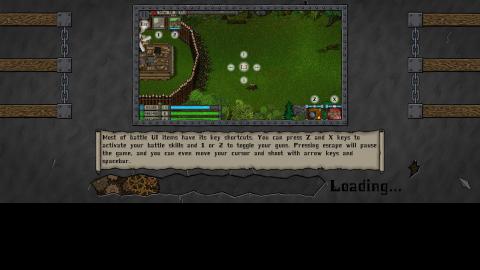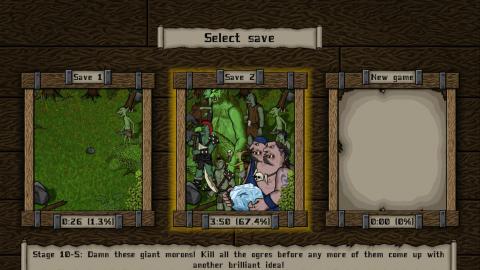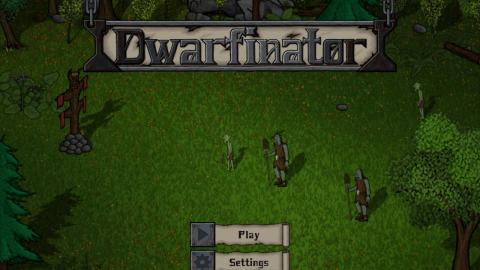Every punk orc needs some punk rock! Therefore, specially for Porck, I wrote some. To be honest, I have no idea how well the track I made fits the genre, the main thing is that it fits the character. But I've really tried, putting together distinctive drum sequences, guitars and bass of specific timbres and completing all this with perky brass. I’ll tell you a secret, the track is called “Boar and Dwarf” for a reason, it even has some lyrics, telling the story about the tragic encounter of the dwarf Casimir with a harsh forest pig, preceded his meeting with the main character of the game. But you'll probably never see it, as the lyrics are written in my first language, and I doubt I will be able to translate them to english anytime soon, not even speaking of recording vocal. Anyway, the ingame version of the track remains purely instrumental.
1704287580
Some of you have probably wondered what dwarf needs a tank for, or why there is "side-scroll shooter" in the game genre. The answer is simple - in addition to the defense against hordes of mobs, the game, since the earliest concept, meant to also include chasing the same hordes, running away as fast as they can. It was implemented in some form in the prototype with the old graphics, but no work has been done on it since then.
But now the time has come for me to shake off the dust from the old designs (and to trash them away, as they are horribly ugly and completely useless in the new conditions), and for Wilfred to finally show everyone who is the boss in this damn forest. And he will start, perhaps, from the nearest pile of rocks.
What exactly am I talking about is the movement of the tank in space and its interactions with inanimate objects - rocks, trees and other junk generously spawned in attack mode. Some objects can be easily dragged by tank to be eventually crushed, others will remain standing in place after a collision and if the damage wasn't high enough to immidiately destroy such object, the tank will stop as well. The tank itself also takes damage in collisions, so in order to carelessly crash through everything on its path, tank must be heavily upgraded. I've spent quite a lot of time trying to make interactions with objects more believable and interesting, taking into account many nuances and adding a number of hidden properties to objects and tank parts that affect their behavior in collisions, and most of this also applies to mobs. But I'll get back to mobs next time.
1699535220
The idea of gradually change the appearance of the main character through the story hit my head quite some time ago, but it remained rather in the “it would be cool” section. What made me bring it to light and implement was the recently written cutscene of the victory over Bonecracker, in which Wilfred needed an axe. And if you give a dwarf an axe, he's going to ask for some armor too. So in the second half of the forest location, Wilfred will be a little more protected and dangerous even without a tank. At the same time I slightly updated his basic appearance - no drastic changes, just added a little depth. Actually such update would not hurt a number of other characters and mobs, but whether their turn will come is still unknown. But for Wilfred, as the main character, and besides, drawn 5 years ago by me, who just recently took a pen of a cheap small tablet in hand at that time, this was clearly necessary.
1697203020
And the last point regarding different aspect ratios - cutscenes. Due to the two-dimensionality of the game space (more precisely, to the fixed direction of the camera relative to it), just expanding/shrinking the frame was not enough. There was still an option to simply fix frame size with black stripes, but that would be too boring. Therefore, I added to the commands of moving and teleporting actors the ability to bind the target position to the camera by anchor, borrowing the idea from RectTransform component in Unity. Thus, I got the opportunity to send the actor, for example, "to the left top corner of the screen", "beyond the right border" or "slightly to the right and below the center", and with its help I adapted the existing cutscenes to any screen width. Here some example screenshots of defeating cyclops cutscene with a whole pack of female goblins, dead and not quite.
1695215400


